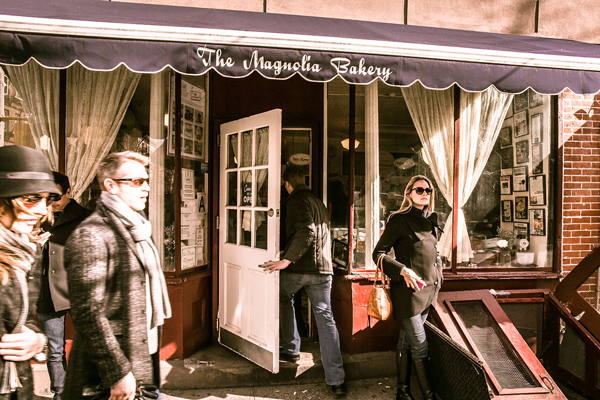Trending
Bleecker Street’s vacancy epidemic traces back to a “Sex and the City” episode
Magnolia Bakery craze drove pushed rents beyond sustainable levels

Bleecker Street’s retail crisis goes back to a 2000 episode of the hit series “Sex and the City.”
The street’s western stretch in the West Village has seen some rough times lately, with plenty of boarded storefronts, and the New York Times investigates how it came to that in a new report.
When “Sex and the City” showed its protagonists eating at the local cupcake shop Magnolia Bakery, it catapulted the street into a major tourist thoroughfare. Along with the crowds came luxury retailers like Marc Jacobs, driving up rents and displacing long-time tenants. Bleecker Street “had a real European panache. People associated it with something special, something different,” Douglas Elliman’s Faith Hope Consolo told the Times.
But eventually rents rose to such heights that even global luxury brands could no longer afford them. Store closures followed. As some landlords still hold out for high rents, pop-up stores and short-term tenants have been filling some of the vacancies. Foreign brands looking to establish a name stateside — like Irish designer Orla Kiely and Japanese clothing chain Enfold — have recently signed leases on Bleecker.
Some observers believe the vacancies will fill up again. “Bleecker is quintessential West Village,” Elad Yifrach, founder of decor company L’Objet, told the Times. “The most beautiful townhouses are around there. The street needs to go back to bringing a cool factor, things that will inspire the audience.” [NYT] — Konrad Putzier




